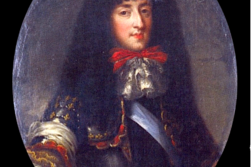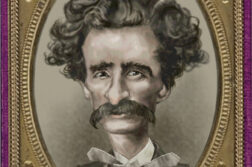FRANK KAMENY’S death last fall has pushed me to think about historical reputation. How do we evaluate the lives of those in the broad GLBT community who have assumed public roles, particularly in the world of political activism? Who gets memorialized? Who gets remembered as a hero? What achievements bring recognition on the historical record card?
Mainstream history books offer little guidance, as they still largely ignore queer topics. While our movement certainly exists in popular consciousness, it seems leaderless and in that sense different from other movements for social justice. For instance, in the long history of the black freedom struggle, at least a few individuals have won a secure place in the historical ledger as larger-than-life figures. Names like Frederick Douglass, Sojourner Truth, W.E.B. Du Bois, Martin Luther King, Jr., and Malcolm X have wide recognition. Mention “suffrage” and “feminism” and, at the very least, women such as Elizabeth Cady Stanton, Susan B. Anthony, and Betty Friedan pop to mind.
But turn to our movement for sexual and gender justice, and the cupboard seems bare. I’ve heard claims made for Harvey Milk as the most important person in our movement’s history. But, I think, really? He was a local elected official for eleven months before being assassinated. Then there was Harry Hay, the founder of the Mattachine Society. Sure, he got something started, quit after two years when the going got tough, and then occasionally showed up later at Radical Faerie gatherings. Or Christine Jorgensen, who had very high visibility in the popular culture of her time, to be sure; but the coverage of her almost always took on the tone of freak-show reportage.
Or Christine Jorgensen, who had very high visibility in the popular culture of her time, to be sure; but the coverage of her almost always took on the tone of freak-show reportage.






